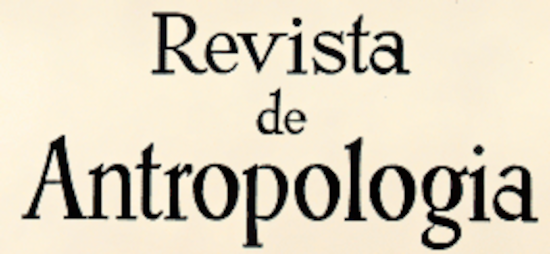Since their first discovery in 1842-1843, by Peter Lund, the human skeletal remains from Lagoa Santa, Brazil, were destined to influence, substantially, the discussion about the settlement of the Americas, from a biological perspective. Until 1970 several authors have refered to these remains as a homogenous collection, implying that these individuals represented just one biological population or "race". Mello e Alvim (1977; see also Mello e Alvim et al., 1983-1984) was the first to use explicitly the term "homogeneity" as implying a very low intra-population diversity among these late paleoindians. For her, the extremely low diversity among the Lagoa Santa specimens could be explained only by a narrow bottle neck occuring during the occupation of the region, followed by geographic isolation from other contemporary groups. The idea of a extremely low diverse population in ancient Lagoa Santa led some brazilian archeologists to elaborate on the "isolation hypothesis", and to use it to explain local characteristics of material culture and social organization. In this paper we show that even very simple quantification techniques is able to demonstrate that the Lagoa Santa early inhabitants are among the most diverse populations in the planet, as it is normally the case with Late Pleistocene/Early Holocene hunter-gatherers.
within-population variability; Paleoindians; Coeficient of Variation; genetic isolation









